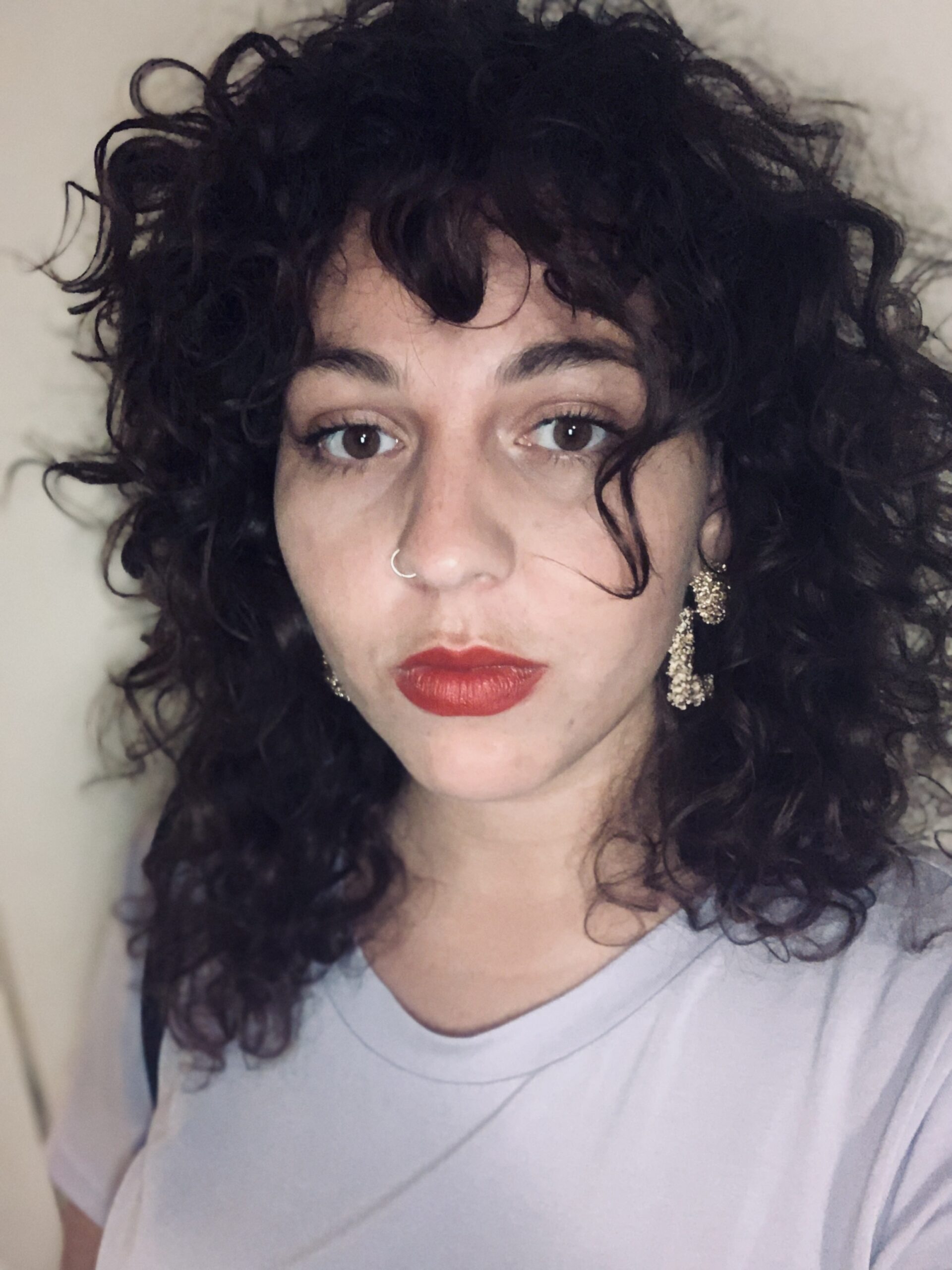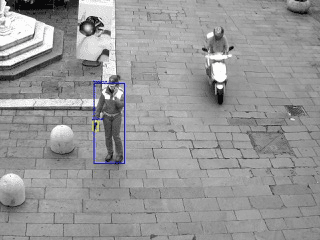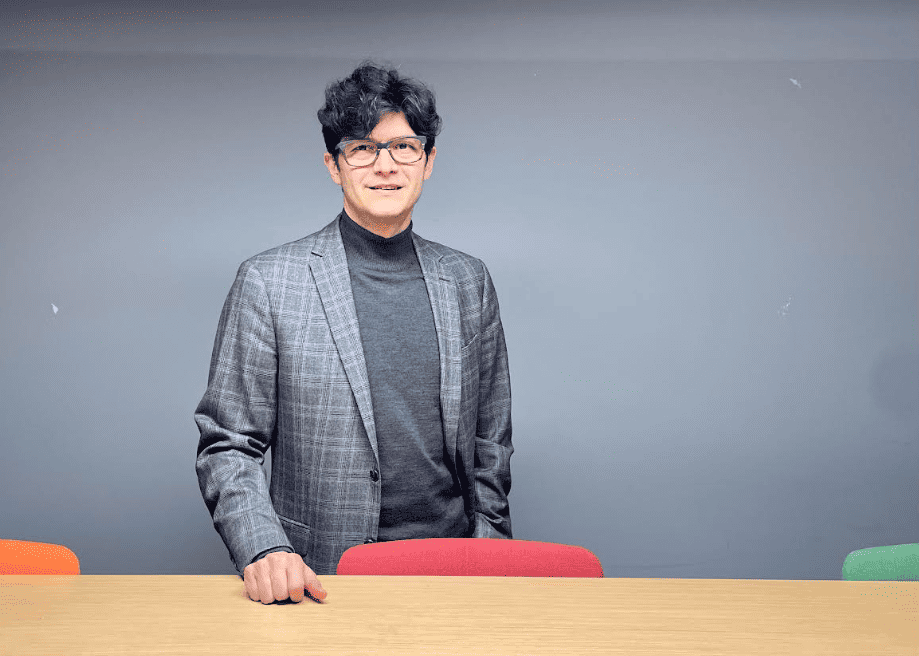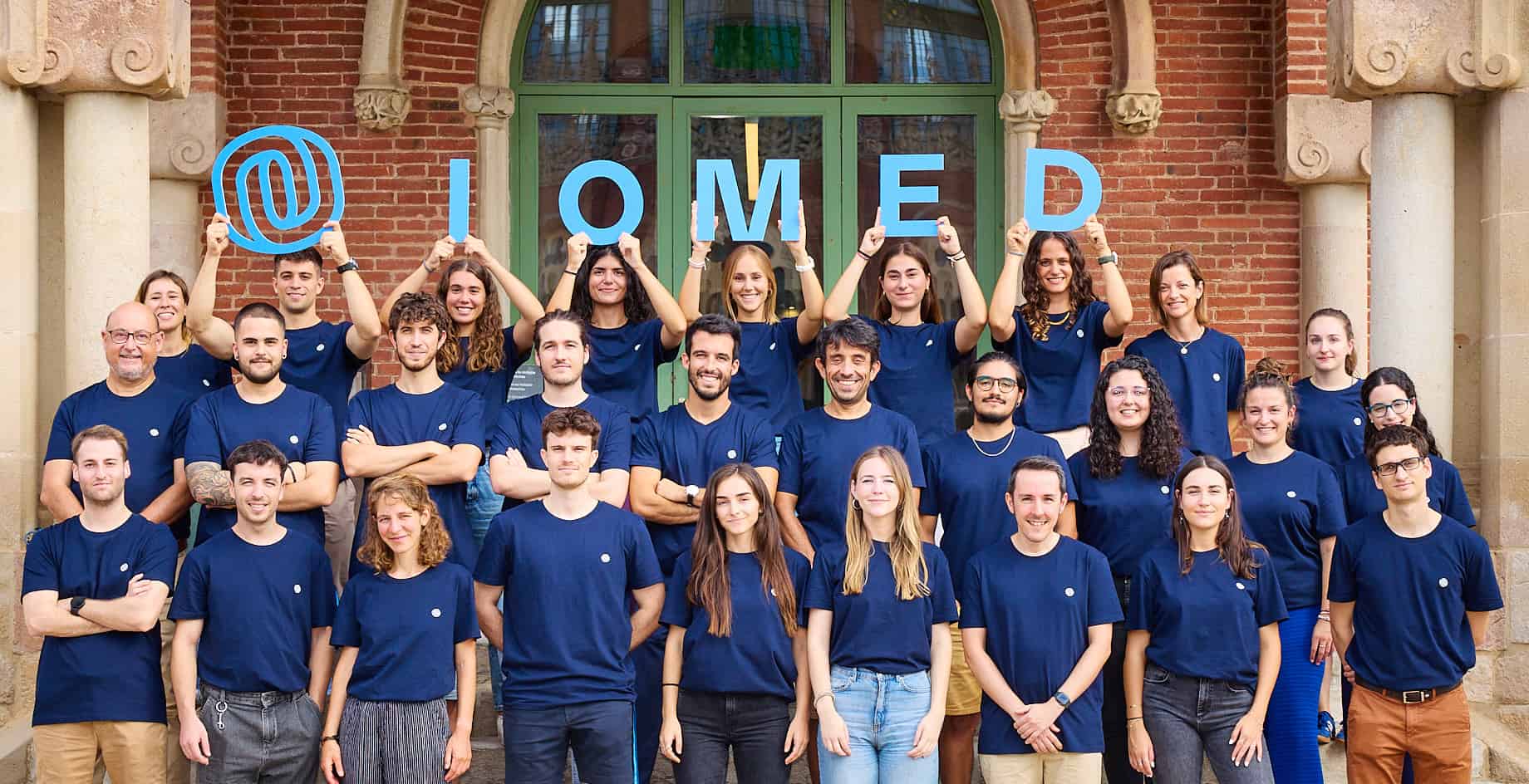
About Kelvin Health
- Founders: Georgi Kadrev, Georgi Kostadinov, Evgeni Kosev, Tanya Raynova, Chris Georgiev, Pavel Andreev
- Founded in: 2020
- Employees: 9
- Money raised: Internal investment from Imagga parent company and founders, subsidies
- Ultimate goal: Making preventable deaths from complications of breast cancer, and other potential terminal diseases, a thing of the past with the help of our thermography.
Bulgarian start-up Kelvin Health is striving for a simpler and faster way to detect life-threatening diseases. The use of thermal imaging cameras, they believe, is the solution. CEO Georgi Kadrev explains why.
What does Kelvin Health do?
“We are a deep tech start-up that is developing proprietary AI software as well as a thermal imaging camera to enable early detection of diseases. We were founded at the beginning of the Covid-19 pandemic, March 2020, as a spin-off from Imagga. Through Kelvin Health, we believe that with our AI analysis of thermal images, the healthcare sector will be able to find indicators earlier that could signal breast cancer, for example. We are focusing on breast cancer right now, but the approach can also be used to monitor respiratory infections and cardiovascular diseases.”
Also interesting: AI can already detect breast cancer better than a specialist
How does it work?
“Often a mammogram or MRI is the most common technique used for detecting cysts and cancer. In environments where this equipment is not available, or like now where healthcare is under pressure, not everyone is able to go to the hospital to get tested. This kind of screening could already be done at the GP’s practice by taking a thermal photo. It works like this: if there is an increased blood flow because of an inflammation, changes to the vascular system or more active local metabolism in the body, then that spot is warmer than what is typical for that part of the body. The heat emitted by that area turns red in the photo. Our start-up helps make the detection process cheaper and more efficient; patients can be referred to a specialist more quickly. “
Why is your start-up important?
“Every year, 3.5 million people within the European Union are diagnosed with cancer. Of those 3.5 million, about 1.3 million people end up dying from cancer. It’s best if you canprevent cancer, but by starting to treat the patient earlier in the first stage of breast cancer, 650,000 lives can be saved worldwide. Another problem is the commonly used examination method for breast cancer; many women find undergoing a mammogram unpleasant and some even find it painful. As a result, some women avoid the family doctor for way too long. Add to this the waiting list for healthcare, the lack of financial resources to get the examination done, the lack of enough specialists and equipment and you will have the recipe for being unable to treat someone in time. In underdeveloped and remote areas around the world this problem is even greater.”
What challenges does Kelvin Health face?
“We’re fortunate in that we are already working with some pharmaceutical companies and university hospitals, but even then, we need to collect a lot of data to gain official regulatory approval for our product. We need these kinds of collaborations to optimize our product in combination with the already existing resources and methods for research and diagnostics. We don’t want to create any false expectations because there are already plenty of critics of thermography. But for us, it is an extra motivation to persevere and prove this method can be really useful, not by replacing mammography, but by expanding the reach of a timely initial screening much wider.”
What is the ultimate goal of Kelvin Health?
“Making preventable deaths from complications of breast cancer, and other potentially terminal diseases, a thing of the past with the help of our thermography. Cancer is already almost the leading cause of death on our continent, we need to turn that around. We hope to be able to start contributing positively to that within two years, once the first officially approved version of our product is finished.”









